In modern oral-care systems, ensuring crown compatibility while leveraging advanced pressure sensors tech is paramount—after all, excessive force over an extended treatment duration can lead to veneer damage or microfractures in prosthetic restorations. Below, we explore six critical considerations for designing devices that adapt to various crown materials without compromising longevity or patient safety.
First, different crown substrates—zirconia, porcelain-fused-to-metal (PFM), and composite veneers—have unique hardness and elasticity profiles. Pressure sensors must be tuned so that:
This dynamic calibration preserves both enamel and prosthetic surfaces.
Moreover, real-time pressure sensors tech can actively prevent veneer damage by:
Such feedback loops are essential for protecting delicate restorations.Company web: https://www.powsmart.com/product/electric-toothbrush/
Next, treatment duration interacts directly with applied force to determine wear rates:
Balancing duration and force prevents micro-fatigue in restorative materials.
In hardware design, consider:
These adaptive protocols maximize cleaning efficacy while safeguarding crowns.
Beyond tech, effective crown compatibility requires:
Education ensures that advanced pressure sensors translate into real-world protection.
Finally, B2B partners should prepare for next-gen innovations:
By uniting smart sensors, timed treatments, and clinical feedback, manufacturers can deliver B2B solutions that guarantee both performance and prosthetic preservation.
Conclusion
Ensuring crown compatibility in pressure-sensitive oral-care devices demands a holistic approach: calibrate force for each material, manage treatment duration, and guard against veneer damage through real-time feedback and adaptive protocols. With rigorous user training and forward-looking sensor integration, B2B partners can lead the market in restorative-friendly technology. For collaboration on crown-safe device platforms, please contact our team!
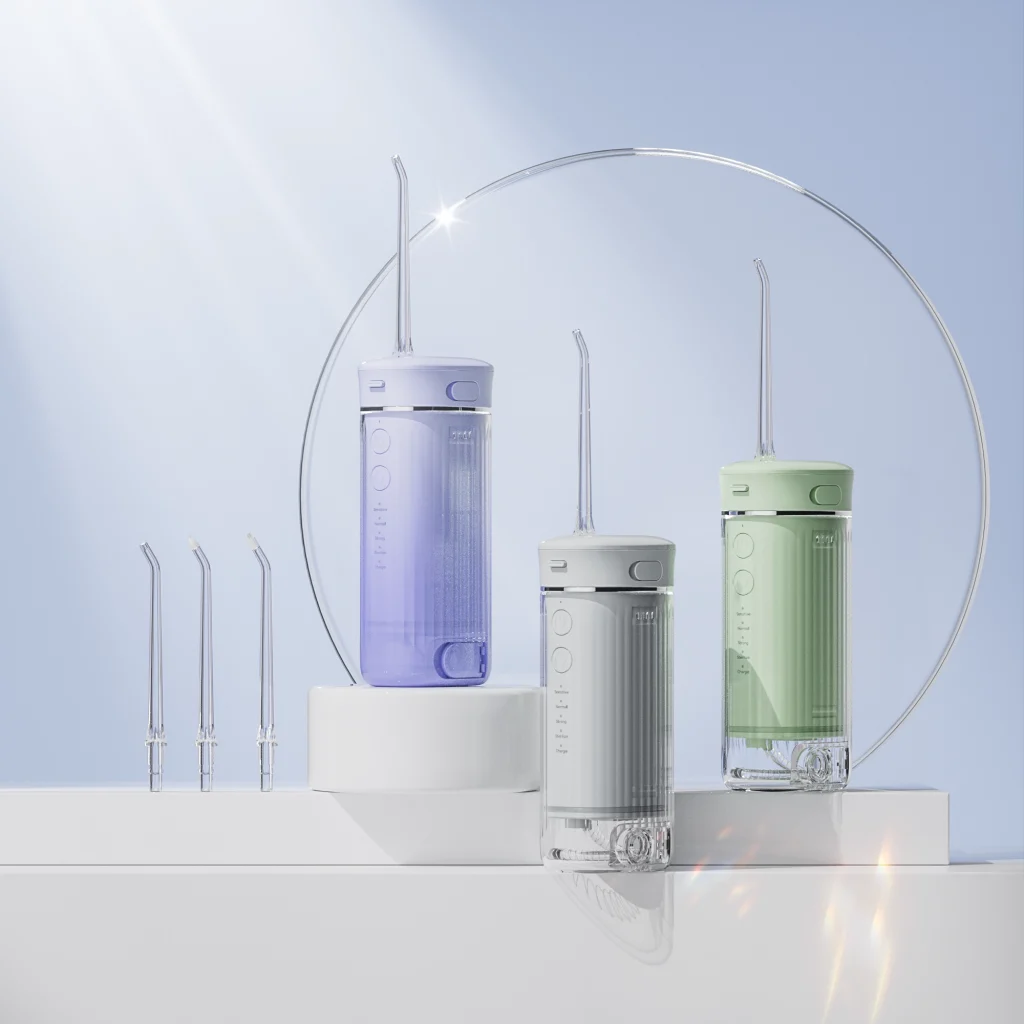
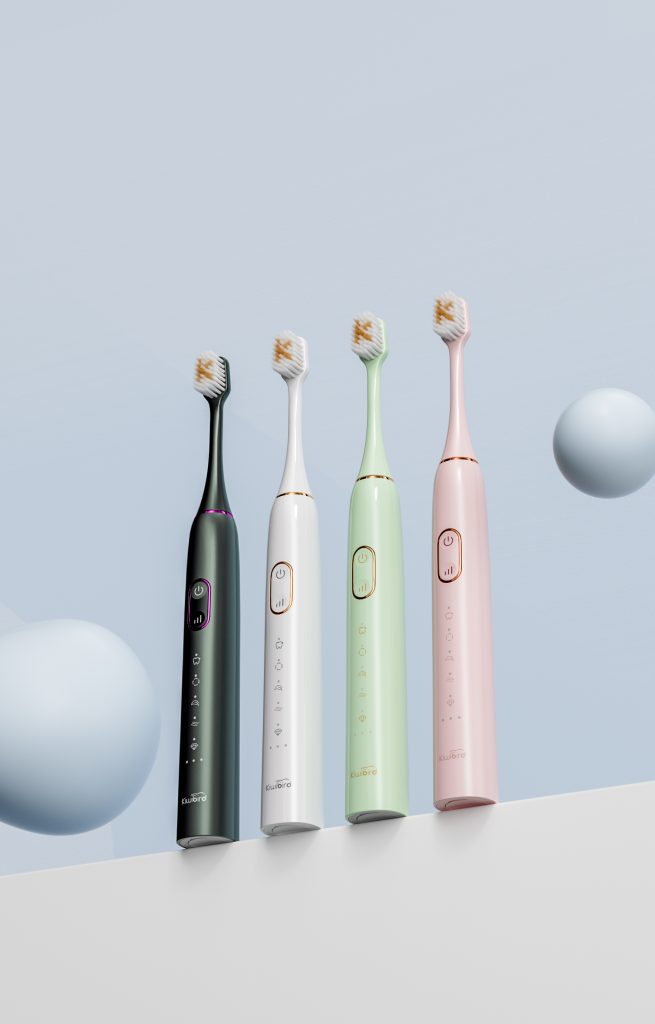
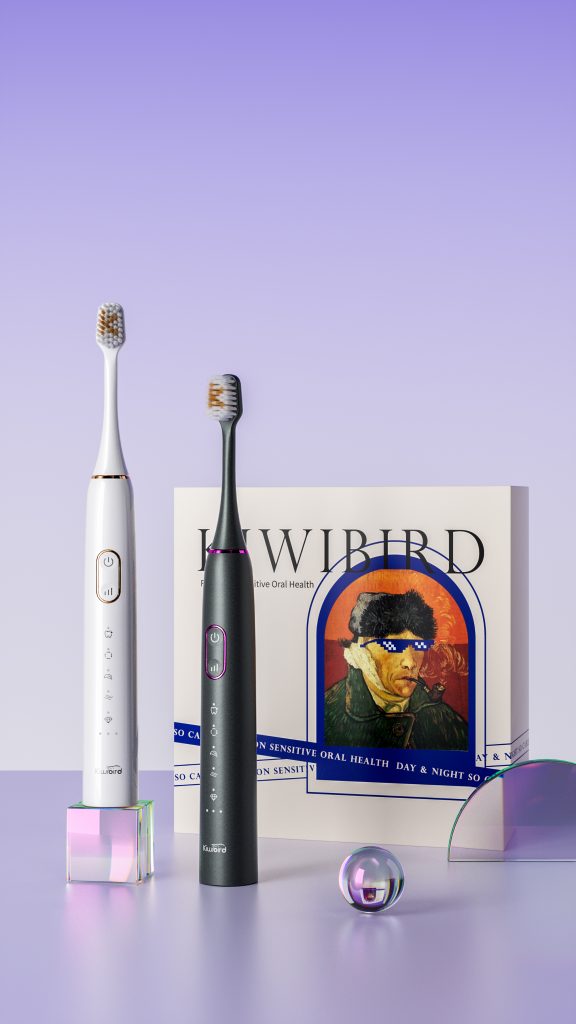
Handle Grip Design Affecting Mucosal Irritation?
Slippery Electric Toothbrush Handles and Faulty Pressure Sensors: Solving Compatibility Issues?
Why Does Whitening Efficacy Decline Trigger Pulse Intensity Spikes?
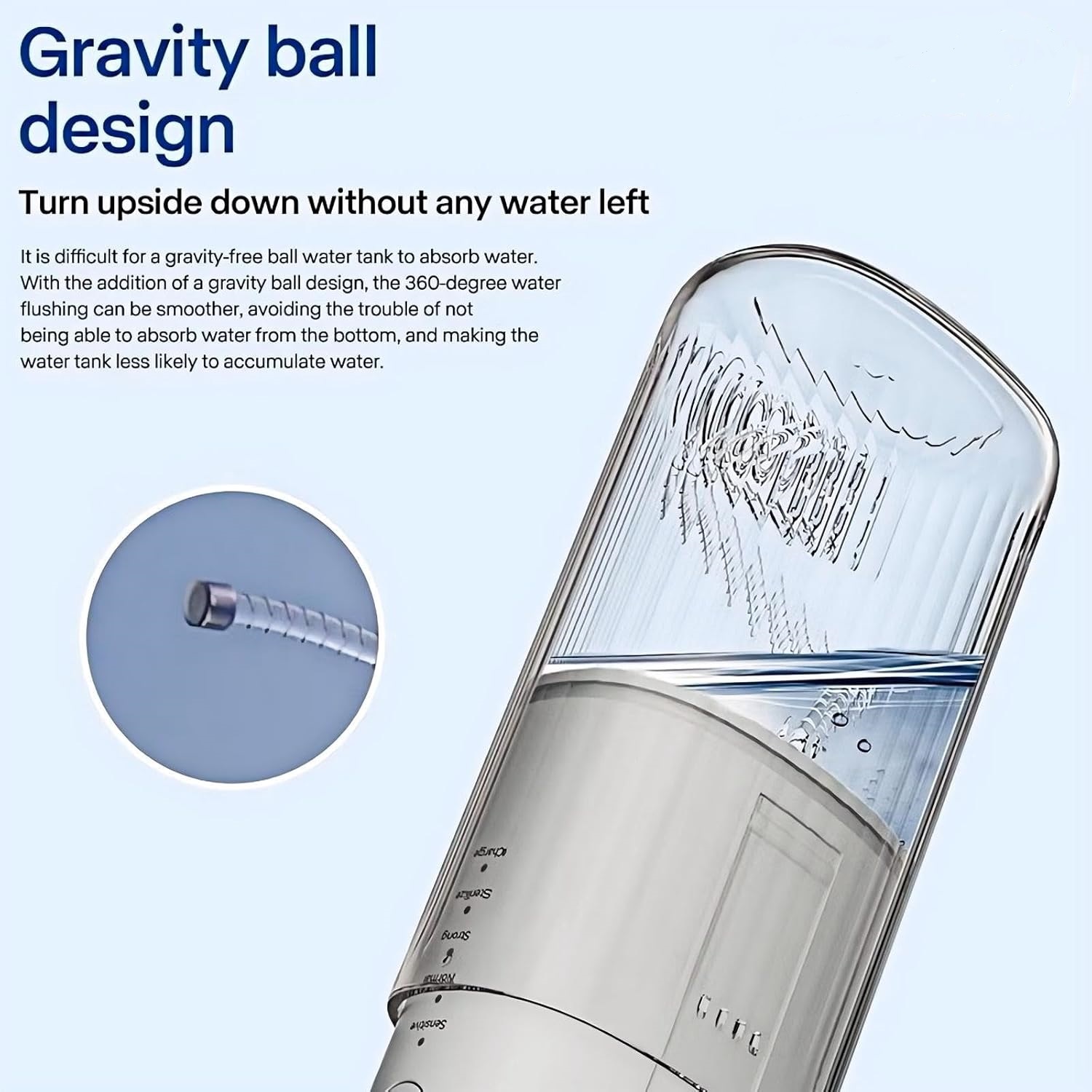
Analysis of Negative Reviews from Water Flosser Users: Factory-Side Solutions for Water Leakage, Loud Noise, and Unstable Pressure
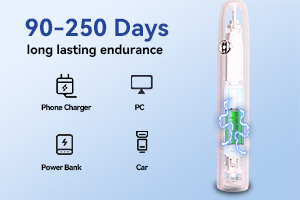
Wireless vs. Contact Charging: Which Is Better for Electric Toothbrushes?
Food-Grade Materials Solve Gum Irritation?
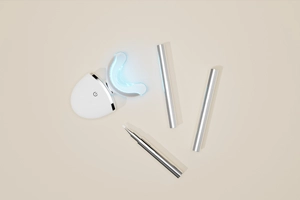
Collaborative Development of Red and Blue Light Teeth Whitening Gel Formulas: How to Increase Whitening Efficiency by 3 Times?

Market Feedback of Electric Toothbrush + Water Flosser Two-in-One Device
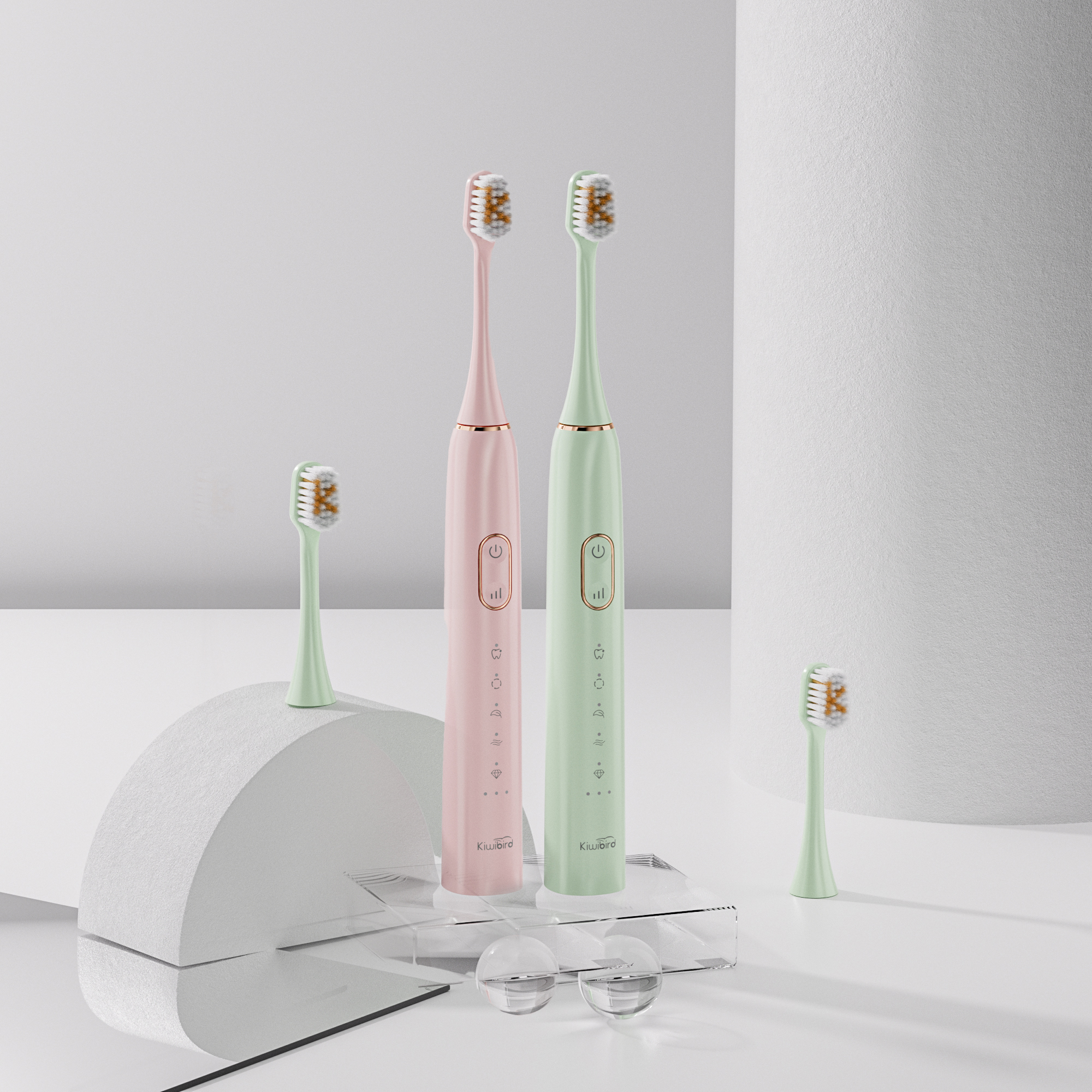
How Can Electric Toothbrush Distributors Reduce Inventory Risk?
Why Is Allergen Testing Critical for Post-Whitening Diets?
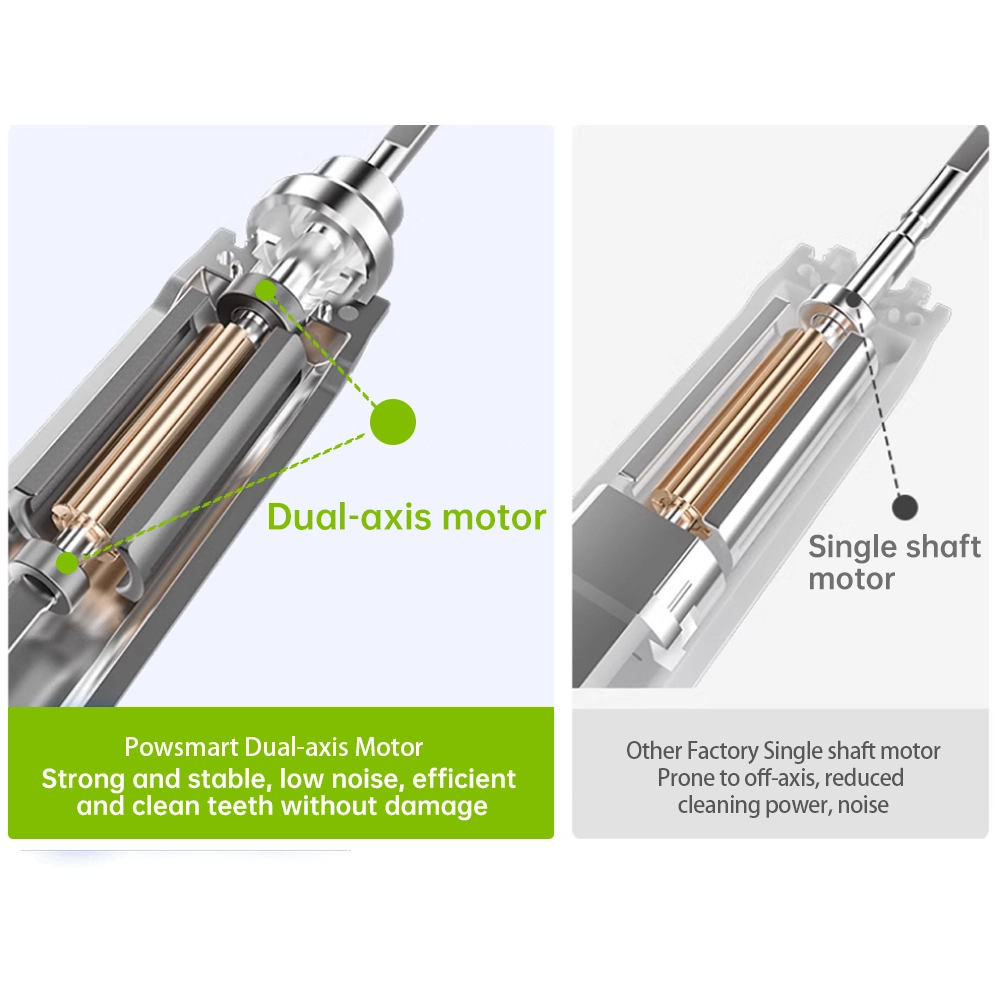
The Science Behind Sonic Toothbrush Motors

Best Travel Water Flosser: Balancing Size & Battery Life
Why Does Your Brush head detachment While Suffering Decibel Level Discomfort?
Pregnancy Contraindications and Chemical Burn Risks in Whitening: What You Must Know!
Is Your Water Flosser Plagued by Nozzle Clogging and Water Tank Leakage?
.jpg)
Why Choose ADA Approved Electric Toothbrush in Chicago?

Private Label Whitening Gel

Customization Teeth Whitening Gel

electric toothbrush heads Ultra Soft
.jpg)
Florida Electric Toothbrush – Powsmart PTR-C8

electric toothbrush heads Deep Clean

electric toothbrush heads Charcoal Infuse-Round

electric toothbrush heads Regular Clean

Electric toothbrush heads Charcoal Infused-Diamond
whstapp
whstapp
National Toll-Free Service Hotline
+86 755 86238638